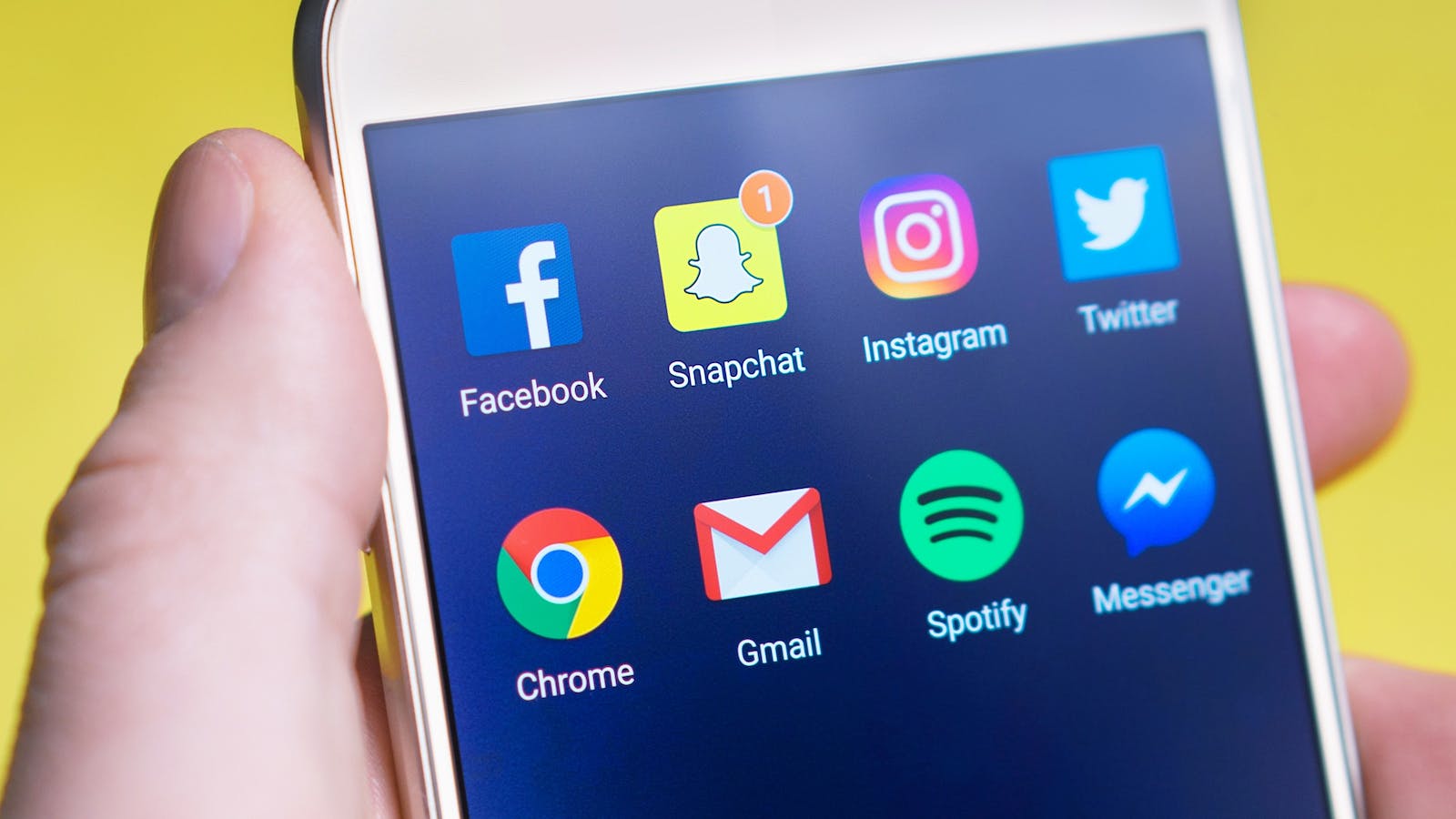The Rise of Gen Z Slang: A Language Revolution?
Exploring the Pros and Cons of a New Linguistic Trend
In today's fast-paced world, language continuously evolves, reflecting the unique experiences of different generations. Gen Z slang, in particular, has emerged as a defining characteristic of the youngest cohort. This informal language, loaded with creativity and innovation, plays a significant role in how Gen Z communicates with each other. With terms like 'lit', 'fam', and 'savage' making their way into the vernacular, understanding Gen Z slang is crucial for anyone looking to connect with this vibrant demographic. It is both a reflection of culture and a means of creating identity, but it also raises questions about communication barriers across generations.
As we delve into the world of Gen Z slang, it's essential to identify both the advantages and disadvantages that come along with it. While some may view it as a playful and adaptive response to modern communication needs, others may see it as a barrier or a dilution of traditional language. In this article, we will explore the multifaceted aspects of Gen Z slang, discussing its impact on communication, culture, and generational dynamics. What does this new form of language mean for the future of expression, and how can it affect our interactions with one another? Let’s dive in to uncover a balanced view of this intriguing linguistic trend.
Pros
Gen Z slang has a way of connecting people in an almost secretive language that fosters community and belonging. Despite the criticisms it might attract, its advantages are undeniable. With buzzwords that can convey complex ideas or feelings in brief, catchy terms, Gen Z slang not only enhances communication but also reflects the culture and values of a generation that is always evolving. Let's explore the benefits of embracing this linguistic innovation and how it shapes social interactions today.
Fostering Community and Identity
One of the most significant advantages of Gen Z slang is its ability to foster a sense of community and belonging among its speakers. Slang terms create bonds, signaling that users belong to a particular group or culture. Words like 'vibe' or 'slay' signify acceptance and shared experiences, particularly within digital communities like social media platforms. For Gen Z, using slang becomes a way of expressing identity and unity, breaking down barriers between individuals who may not share the same backgrounds. Additionally, it empowers them to communicate a wide range of emotions quickly and effectively, creating an expressive and vibrant form of interaction.
Adapting to Modern Communication Styles
As technology continues to transform our communication methods, Gen Z slang emerges as a natural evolution of language suited for digital platforms. With character limits on social media and fast-paced interactions, this slang allows for brevity and precision, conveying large ideas in a single word or phrase. Phrases like 'cancel culture' or 'simp' can express complicated ideas succinctly, reflecting a more efficient way of communicating in the digital age. This adaptability ensures that language remains relevant and relatable to younger audiences, maintaining engagement in a world where attention spans are constantly shrinking.
Creativity and Innovation in Language
Gen Z slang showcases the creativity and innovation this generation brings to language. By playing with words, creating puns, and mixing languages, they not only refresh old terms but also create entirely new ones. This playful approach to language reflects the cultural fluidity of today's society, embracing change and encouraging adaptability. The emergence of terms like 'stan' (an affectionate term for an overly enthusiastic fan) illustrates how Gen Z redefines existing words while also enriching the English language as a whole. Such innovation demonstrates the evolution of language is an ongoing process, one that constantly reinterprets and reinvents.
Enhancing Digital Literacy
Gen Z slang reflects the evolution of language in the digital age, encouraging individuals to familiarize themselves with online communication platforms and multimedia content. This form of language encourages users to engage actively with social media, enhancing their digital literacy skills. As slang often incorporates abbreviations, emojis, and special characters, it helps users navigate and understand the nuances of online communications, making them more adept at expressing themselves in various digital contexts.
Encouraging Inclusivity
Gen Z slang often seeks to incorporate diverse cultural elements, promoting inclusivity and representation. By embracing phrases and terminologies from various backgrounds, slang can break down cultural barriers and encourage dialogue about identity, race, and social issues. This inclusive nature helps young people feel recognized and valued in conversations, fostering a sense of belonging and understanding in an increasingly diverse society.
Facilitating Social Movements
The creation and spread of Gen Z slang have also been instrumental in promoting social movements and activism. Terms and phrases often emerge to encapsulate complex ideas and rally individuals around causes such as climate change, social justice, and mental health. Through the use of slang, Gen Z can mobilize support, create awareness, and foster solidarity among their peers, utilizing language as a tool for empowerment and change.
Missing a pro?
Let us know which pro you are missing!
Cons
While Gen Z slang brings many advantages, it also has its drawbacks that cannot be ignored. Communication is a two-way street, and the unique language utilized by Gen Z can create confusion and alienation, particularly among older generations. This slang may obscure messages, leading to misunderstandings and a lack of clarity. In this section, we will delve into the disadvantages of Gen Z slang and examine the potential communication barriers that arise from this generational shift.
Creating Communication Barriers
One of the most significant disadvantages of Gen Z slang is that it can create substantial communication barriers, especially when interacting with older generations. Terms that are second nature to Gen Z may be entirely foreign to baby boomers or Gen X, leading to misinterpretations or frustrations during conversations. Older adults may feel alienated or disconnected, unable to keep up with the rapid changes in language and slang usage. This gap can foster misunderstandings, resulting in ineffective dialogue and reduced intergenerational communication, ultimately impacting relationships.
Dilution of Traditional Language Skills
With the rise of Gen Z slang, there is a growing concern that the richness of traditional language and grammar might be diluted. As Gen Z leans on slang to convey their thoughts and feelings, the nuances and structure of formal language may be sidelined. Language is about precision and depth, and over-reliance on slang could hinder one's ability to express themselves in more traditional contexts, such as academic or professional settings. This dilution can weaken critical thinking and communication skills, compromising overall language proficiency.
Misinterpretation and Confusion
Incorporating Gen Z slang into everyday conversation can lead to significant misinterpretation and confusion. Slang is often context-dependent, and the meaning behind specific terms can change dramatically based on time and space. What might seem trendy and catchy to one group may be considered offensive or outdated to another. For instance, terms that are acceptable in one environment may carry negative connotations in different contexts, causing misunderstandings and even offense. This unpredictability can be frustrating and may discourage effective communication among diverse audiences.
Erosion of Formal Language Skills
As Gen Z slang becomes more prevalent in everyday conversations, there is a growing concern that it may erode formal language skills. Individuals may become overly reliant on informal expressions and lose the ability to communicate effectively in more structured settings, such as in academic or professional environments. This erosion can compromise their articulation, vocabulary, and comprehension, leading to challenges in expressing complex thoughts and ideas succinctly.
Exclusivity in Communication
While slang can foster a sense of community among those who understand it, it can simultaneously create exclusivity for others. Individuals who are not familiar with specific terms or phrases may feel alienated or excluded from conversations, as slang can perpetuate in-groups and out-groups. This exclusivity, particularly among different age groups or social circles, can hinder open communication and may reinforce social divides.
Transience and Lack of Longevity
Gen Z slang is often characterized by its rapid evolution and fleeting nature. New terms can emerge and fade quickly, making it challenging for individuals to keep up with the constant changes. This transience can lead to confusion and inconsistency, particularly for those who are not deeply immersed in the culture. The lack of longevity may also diminish the recognition and impact of certain terms over time, as they are left behind in favor of newer expressions.
Missing a con?
Let us know which con you are missing!
Conclusion
In conclusion, the rise of Gen Z slang represents a fascinating and complex evolution in language that acknowledges the cultural, technological, and social shifts of our time. While it brings communities closer and showcases creativity, it also creates obstacles in communication and offers challenges in understanding traditional language. The key lies in finding a balance between embracing linguistic innovation while also nurturing clarity and comprehension across generations. As language continues to evolve, recognizing both sides of this trend is essential to fostering effective dialogue in our increasingly interconnected world.
What do you think?
Do you think the pros outweigh the cons?







